The Home of Hans
Of Hans Christian Andersen, that is. You know, the Danish guy responsible for such tales as The Little Mermaid and Thumbelina. But before we get to his homeland, let me introduce my new column, "Euro Experience", the rather (un)clever combination of my previous columns, "Euro Travels" and "Euro Eats". So technically it's not really new--more like, grasping at straws for something to write about--, but I traveled a bunch this summer and figured I may as well chronicle it. Here's the gist: Each city I traveled to will get two articles, one dedicated to the culture, history, and sights; the other, to the food. Our first destination is Copenhagen.

In Danish, København means "merchants' harbor", which is quite apt, considering its sea-bound location. It was originally a fishing village during the 10th century, but it quickly grew to become the capital of Denmark-Norway in the early 1400s. After that, it progressed as any other capital city, enjoying wealth and renown but also enduring hardships (e.g., the plague and subsequent fire in the 18th century). It is currently one of the major financial centers in Northern Europe, and it also boasts one of the highest standards of living in Europe.
My involvement with Copenhagen began unexpectedly. Truthfully, it was never one of the cities on my "bucket list", but my nephew wanted to visit, so off we went! I am pleased to report that I discovered Copenhagen to be a veritable gem of Scandinavia, even if it did welcome us with bitterly cold rain.
Københavns Tivoli
Since Tivoli Gardens was my first stop in Copenhagen, it seems logical to begin the article with that. It is a famous theme park in the center of the city, and, opened in 1843, it is also the second oldest theme park in the world. Its founding is an interesting one. Georg Carstensen needed the king's permission to create the park, so he approached King Christian VIII with the reasoning that, "when people are amusing themselves, they do not think about politics." Naturally, as many kings would have, I imagine, Christian agreed. Makes one wonder about the state of his politics...
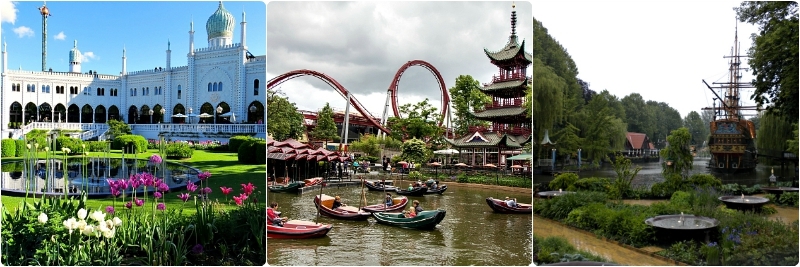
But Tivoli is more than an amusement park; there are rides, of course, but I would liken the park more to Epcot than to Magic Kingdom. It's beautiful and cultural, incorporating not only Scandinavian themes, but Asian, Islamic, and Italian themes, too. In the 1800s, the park hosted plays and operas, symphonies and pantomimes, drawing in quite the crowd.
Today, Tivoli Gardens still upholds its cultural traditions, and has since added new ones. It may have been cold and rainy when I visited, but even the deluge could not wash away its history or charm.
Nyhavn
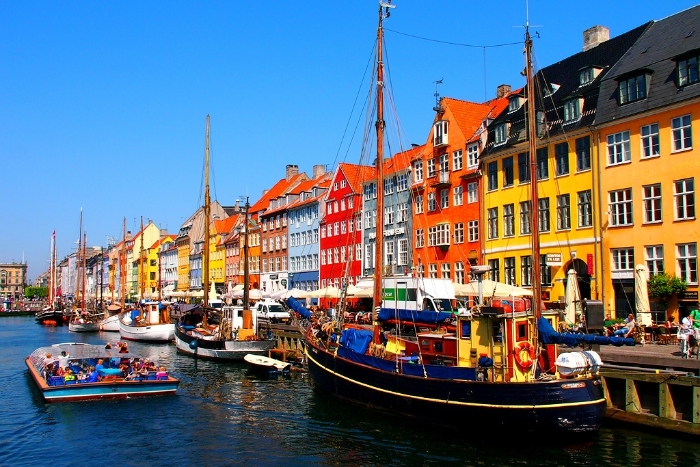
Even knowing as little as I did about Copenhagen, I was familiar with this colorful, 17th century waterfront. Nyhavn, or New Harbor, was requisitioned in 1670 by King Christian V as a gateway from the Baltic Sea and the Kattegat to the inner city of Kongens Nytorv (King's New Square). Its reputation was less...sterling then than it is now, because it was a favorite haunt of sailors, fishermen, and prostitutes. Interestingly, Hans Christian Andersen lived in Nyhavn for nearly twenty years.
Today, however, Nyhavn is a much-loved destination for Copenhageners and tourists alike. One is spoiled for choice in restaurants; historical ships; and colorful, 17th-18th century townhouses. I am very fond of Copenhagen as a whole, but Nyhavn stole my heart (and stomach).
Strøget
One of the most popular (and populous) places in Copenhagen is Strøget, a 1.1 km pedestrian-only shopping area in the Old City. It contains several historic landmarks, such as Gammeltorv (Old Market Square), Amagertorv (Amager Square), and Kongens Nytorv (King's New Square).
Gammeltorv is the oldest square in Copenhagen, dating back to the 12th century, when the city was founded. Through the years, however, the medieval buildings were replaced with those of the Renaissance and Neoclassical styles. An example of Gammeltorv's Renaissance architecture is the Caritas Well (Caritasbrønden), the oldest fountain in Copenhagen, erected in 1608 by Christian IV. In addition to hosting markets, the square was also the center of Copenhagen's judicial and political affairs, housing a handful of town halls, before the current city hall was constructed in Rådhuspladsen (City Hall Square).

Like Gammeltorv, Amagertorv can trace its origins to the Middle Ages, though it is not quite as old. It was originally called the Fishmongers' Market, due to its position between the beach and the town, but the name changed to Amagertorv in 1472, after the Amager farmers arrived to sell their goods in the square. It then became the site of various festivals and chivalrous events, as well as Copenhagen's premier marketplace (e.g., thanks to the Amager farmers, all fresh produce was exclusively sold in Amagertorv). While there are many famous landmarks in Amagertorv, arguably the one that stands out the most is the Stork Fountain (Storkespringvandet), built in 1894 to commemorate Frederick VIII's 25th wedding anniversary.
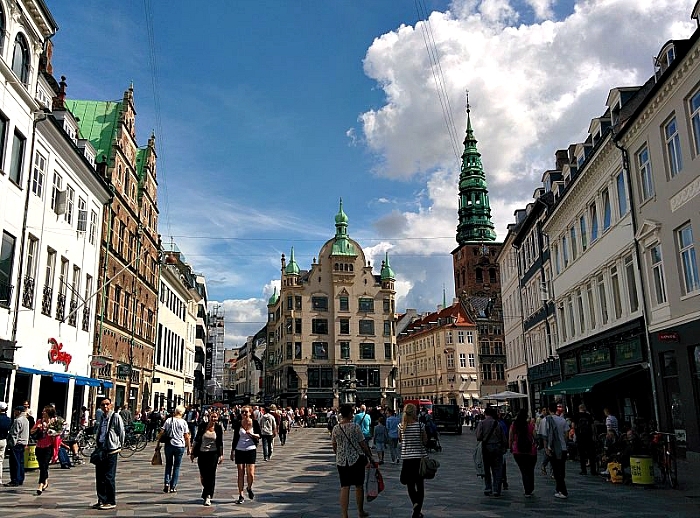
Kongens Nytorv (King's New Square) was planned in 1670 by King Christian V to replace Gammeltorv as the center of the city. It was larger and far more regal than the medieval square, boasting gardens and a distinctly Parisian flair. It also unsurprisingly features an equestrian statue of Christian V, which is the oldest equestrian statue in Scandinavia. Several important, historical buildings stand in Kongens Nytorv, but my favorite is the Old Kiosk. Built in 1913 in the Baroque Revival Style, it housed the first public telephone connection in Copenhagen, from where people could call every day, except on Sunday, between 10 AM and 8 PM.
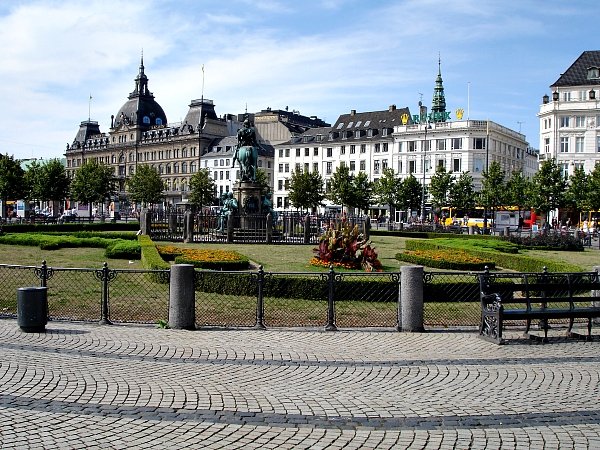
Rosenborg Slot
If you've a hankering for palaces, Copenhagen can oblige. The Rosenborg Castle is a Renaissance castle built in 1606 by Christian IV as a summer palace. It is a beautiful example of the typical architectural style of the time, and it's filled to the brim with lovely antique furniture and jewelry, including the Crown Jewels and the Danish Royal Regalia. My favorite room was the Long Hall, because it includes the coronation chair, which is guarded by three large, silver lions.
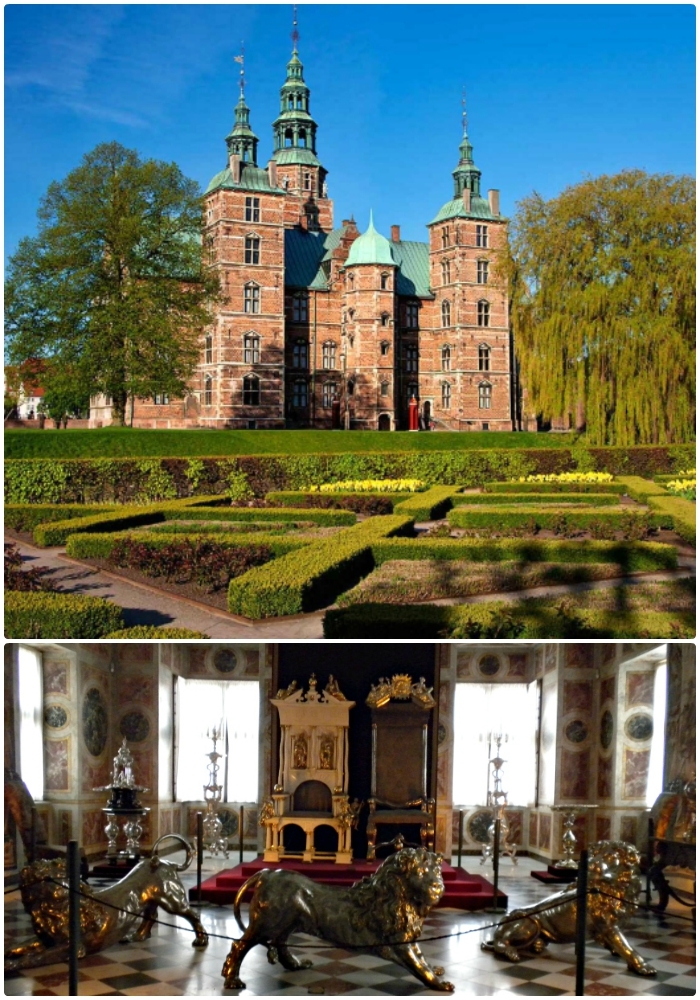
As lovely as the interior of the castle is, the Kongens Have, or King's Garden, is just as pretty. It is Denmark's oldest royal garden and is a popular retreat for both Copenhageners and tourists. Like all royal gardens, Kongens Have holds several statues, including a rather perplexing one featuring a Native American on horseback, slaying a giant snake.
Kirkerne
While churches are not quite as prominent in Copenhagen as in other cities I've recently visited (e.g., Düsseldorf), it does have a few noteworthy ones.
Frederiks Kirke (Frederik's Church) is an Evangelical Lutheran church in the Frederiksstaden (Frederik's City) district. Built in the Rococo style, it has been nicknamed Marmokirken, or Marble Church, due to its white exterior, and its large, green dome pays homage to St. Peter's Basilica in Rome. A unique aspect of this church are the statues of prominent theologians, such as the Danish Søren Kierkegaard, that encircle it.

Possibly the most striking part of Copenhagen's cityscape is the Church of Our Savior (Vor Frelsers Kirke) in the Christianshavn (Christian's Harbor) district, with its black-and-gold corkscrew spire. It was built in the Baroque style, so both the interior and the exterior are adorned with rich colors, gold trims, and dark-wood carvings. The spiral has a staircase that one can climb, and there is actually a Danish urban legend which states that the architect killed himself by jumping from the top of the spire after he realized, to his horror, that the spiral turns counterclockwise, rather than clockwise. A grievous mistake, to be sure. (The urban legend also happens to not be true.)
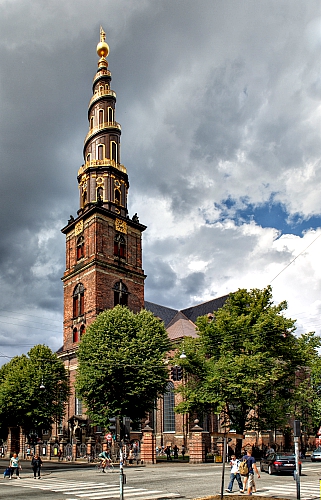
Østerbro
The Eastern Borough is not a landmark in itself, but it is certainly home to many important sights in Copenhagen, like Langelinie (Long Line), Kastellet (Citadel), and Gefionspringvandet (Gefion Fountain).
Dating back to the mid-17th century, the Langelinie promenade offers visitors a scenic stroll along the Øresund, the strait that separates Denmark and Sweden. Its deep-water pier offers berth to ships, including cruise ships, and there are plenty of shops and restaurants to provide entertainment, as well. Undoubtedly Langelinie's most famous landmark, however, is Den Lille Havfrue, or The Little Mermaid. The bronze statue was commissioned by Carl Jacobsen (of the Carlsberg brewery), because he was obsessed with the Royal Theater's production of The Little Mermaid ballet. Sculpted in 1913 by Edvard Eriksen, after the likeness of ballerina Ellen Price, the statue features The Little Mermaid in girl-form, following her tragic sacrifice to be with the man she loves.
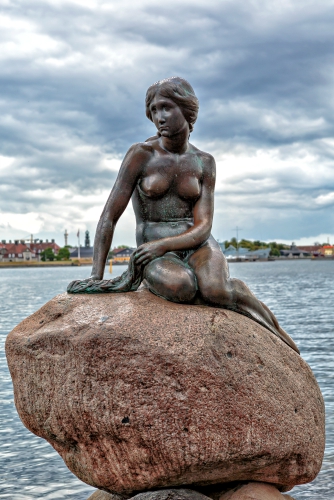
The Kastellet was built in 1662 on the site of an earlier military building, St. Anne's Redoubt (Sankt Annæ Skanse), and is one of the most well-preserved star fortresses in Northern Europe. It saw action in 1807, during the Battle of Copenhagen against the English, as well as in 1940 against the Nazis. For such an old fortress, Kastellet is in astoundingly good condition. The Commander's House, built in 1725, is still the original Baroque building and is even the current residence of the Danish Chief of Defense. The Rows, which served as the soldiers' barracks, are also the original, save for their roofs. Other authentic historical buildings within the Citadel are the two storehouses, the powder house, the Baroque church, the prison, and some of the bastions.

Depicting a scene from Norse mythology, the Gefion Fountain (Gefionspringvandet) is a magnificent sight. It is the largest monument in Copenhagen, hailing from the early 1900s, and it chronicles the mythical story of the creation of the island of Zealand, on which Copenhagen is located. Taken from Snorri Sturluson's 13th century Heimskringla, the legend states that Gefjun (the Norse goddess of ploughing) turned her four sons into oxen, who then ploughed the island of Zealand. The fountain, therefore, features a woman, Gefjun, directing her ox-sons.

Torvehallerne
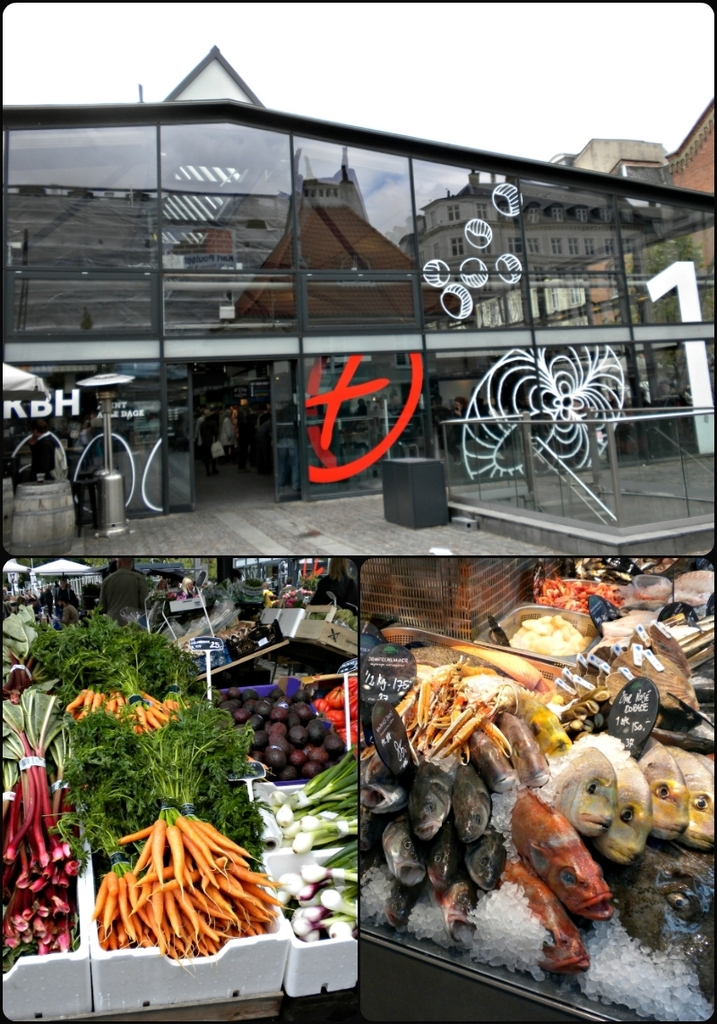
Although the next article will be dedicated to Danish cuisine, I could not resist including Torvehallerne in this one. Located near the Jewish district, Torvehallerne is a big, bustling center of food--a super market (not "supermarket"), if you will. There more than sixty stands, selling everything from gourmet chocolates and desserts to vibrant produce and fresh seafood (including a deep-sea angler fish!). There are also several stalls serving traditional Danish food, like the beloved smørrebrød (open-faced sandwiches), and quirky favorites, like grød (porridge). It's a veritable feast for the senses that every visitor to Copenhagen must experience at least once.
Sources:
1. https://en.wikipedia.org/wiki/Copenhagen
2. https://en.wikipedia.org/wiki/Tivoli_Gardens
3. https://en.wikipedia.org/wiki/Nyhavn
4. https://en.wikipedia.org/wiki/Str%C3%B8get
5. https://en.wikipedia.org/wiki/Rosenborg_Castle
6. https://en.wikipedia.org/wiki/Frederik's_Church
7. https://en.wikipedia.org/wiki/Church_of ... Copenhagen
8. https://en.wikipedia.org/wiki/%C3%98sterbro
9. http://torvehallernekbh.dk/






